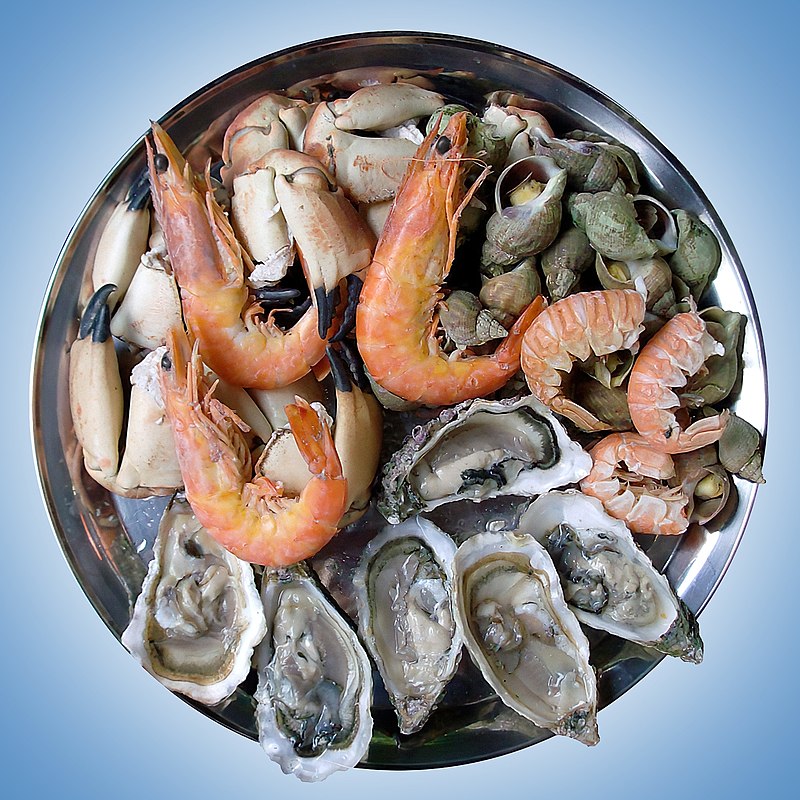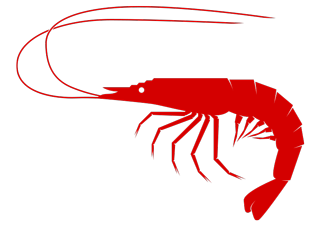Facts
Salted fish

Salted fish, such as kippered herring or dried and salted cod, is fish cured with dry salt and thus preserved for later eating. Drying and/or salting, either with dry salt or with brine, was the only widely available method of preserving fish until the 19th century. Dried fish and salted fish (or fish both dried and salted) are a staple of diets in the Caribbean, North Africa, Southeast Asia, Southern China, Scandinavia, coastal Russia, and in theArctic. Like other salt-cured meats, it provides preserved animal protein even in the absence of electrically powered refrigeration.
Salting is the preservation of food with dry edible salt.[1] It is related to pickling (preparing food with brine, i.e. salty water), and is one of the oldest methods of preserving food.[1] Salt inhibits the growth of microorganisms by drawing water out of microbial cells through osmosis. Concentrations of salt up to 20% are required to kill most species of unwanted bacteria.Smoking, often used in the process of curing meat, adds chemicals to the surface of meat that reduce the concentration of salt required. Salting is used because most bacteria, fungi and other potentially pathogenic organisms cannot survive in a highly salty environment, due to the hypertonic nature of salt. Any living cell in such an environment will become dehydrated through osmosis and die or become temporarily inactivated.
The water activity, aw, in a fish is defined as the ratio of the water vapour pressure in the flesh of the fish to the vapour pressure of pure water at the same temperature and pressure. It ranges between 0 and 1, and is a parameter that measures how available the water is in the flesh of the fish. Available water is necessary for the microbial and enzymatic reactions involved in spoilage. There are a number of techniques that have been or are used to tie up the available water or remove it by reducing the aw. Traditionally, techniques such as drying, salting and smoking have been used, and have been used for thousands of years. In more recent times, freeze-drying, water binding humectants, and fully automated equipment with temperature and humidity control have been added. Often a combination of these techniques is used.[2]
Seafood

Seafood is any form of sea life regarded as food by humans. Seafood prominently includes fish and shellfish. Shellfish include various species of molluscs, crustaceans, and echinoderms. Historically, sea mammals such as whales and dolphins have been consumed as food, though that happens to a lesser extent in modern times. Edible sea plants, such as some seaweeds and microalgae, are widely eaten as seafood around the world, especially in Asia (see the category of sea vegetables). In North America, although not generally in the United Kingdom, the term "seafood" is extended to fresh water organisms eaten by humans, so all edible aquatic lifemay be referred to as seafood. For the sake of completeness, this article includes all edible aquatic life.
The harvesting of wild seafood is usually known as fishing or hunting, and the cultivation and farming of seafood is known as aquaculture, or fish farming in the case of fish. Seafood is often distinguished from meat, although it is still animal and is excluded in a strict vegetarian diet. Seafood is an important source of protein in many dietsaround the world, especially in coastal areas.
Most of the seafood harvest is consumed by humans, but a significant proportion is used as fish food to farm other fish or rear farm animal. Some seafoods (kelp) are used as food for other plants (fertilizer). In these ways, seafoods are indirectly used to produce further food for human consumption. Products, such as fish oil andspirulina tablets are also extracted from seafoods. Some seafood is feed to aquarium fish, or used to feed domestic pets, such as cats, and a small proportion is used in medicine, or is used industrially for non-food purposes (leather).
